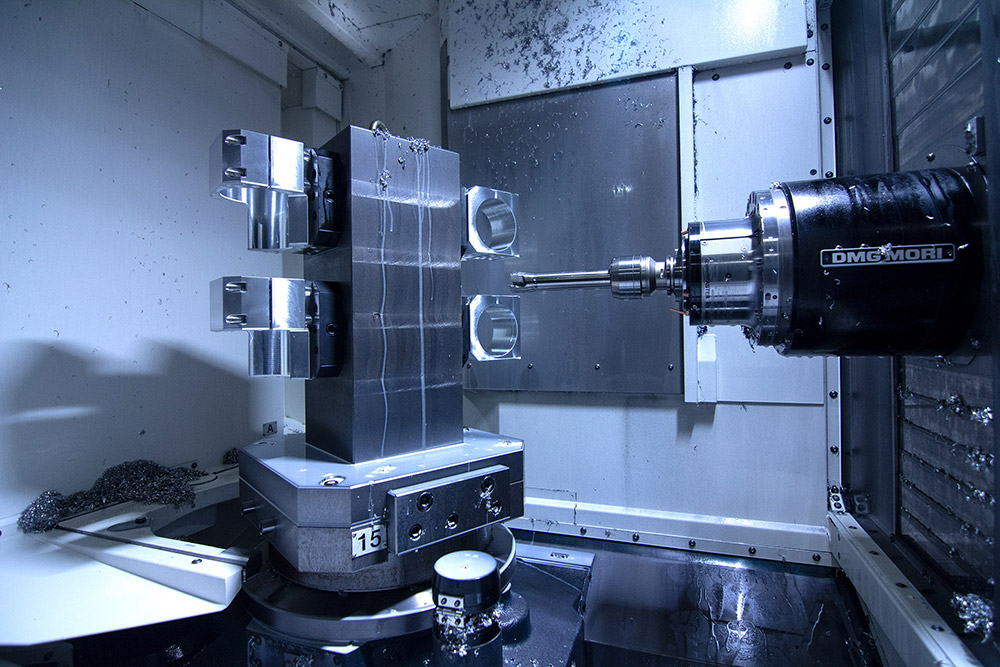blkaplan
Cast Iron
- Joined
- Nov 23, 2011
- Location
- Maryland, USA
I am in the market for a used 500mm HMC.
I currently have an older 3 axis VMC and I have never had any hands on experience with a 4th.
I am trying to figure out when a full 4th would actually be beneficial. The only way i can really think about it being beneficial over a 1 degree indexing B axis is if you have the part located on center and then you can use it do continuous contouring on the outside profile of the part.
An older generation of the same machine has 1 degree indexing while the newer version has full 4th capabilities and is a direct drive servo on the B axis so there would be no worrying about that.
How much of a price premium would you pay to have that option? Between tombstones, tooling, etc... there will be alot of places i could spend the money if its not something that will be very beneficial to me.
I currently have an older 3 axis VMC and I have never had any hands on experience with a 4th.
I am trying to figure out when a full 4th would actually be beneficial. The only way i can really think about it being beneficial over a 1 degree indexing B axis is if you have the part located on center and then you can use it do continuous contouring on the outside profile of the part.
An older generation of the same machine has 1 degree indexing while the newer version has full 4th capabilities and is a direct drive servo on the B axis so there would be no worrying about that.
How much of a price premium would you pay to have that option? Between tombstones, tooling, etc... there will be alot of places i could spend the money if its not something that will be very beneficial to me.




